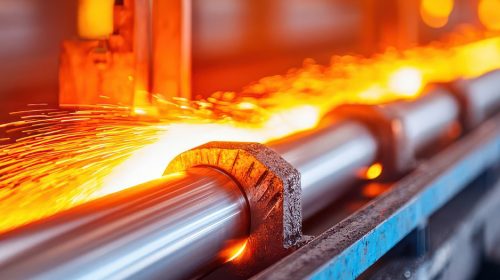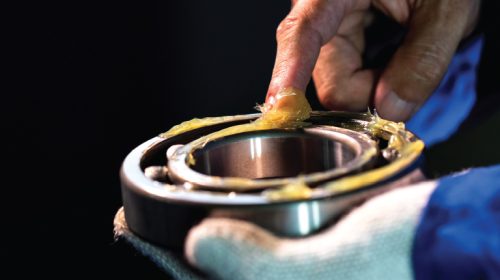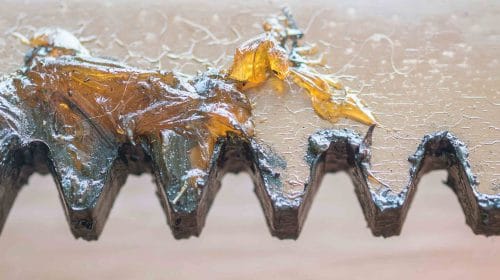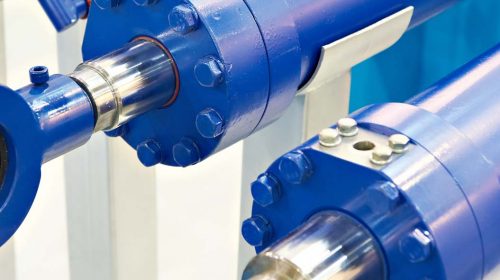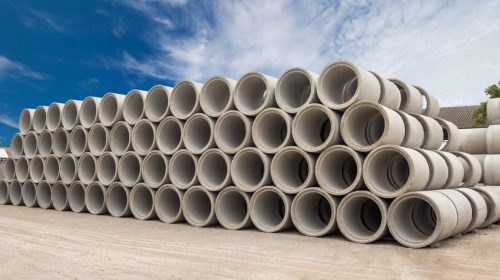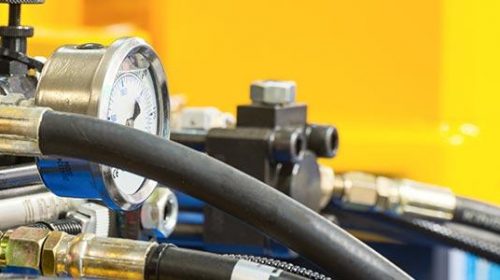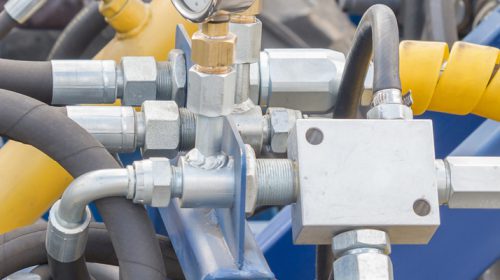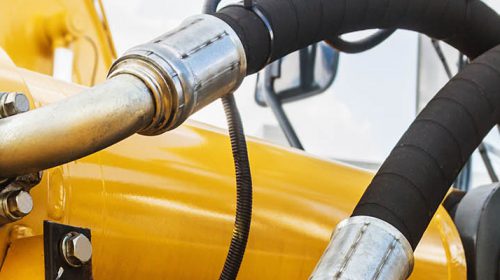Under some conditions lubricants can become electrostatically charged. This can lead to heavy discharges, causing possible damage to parts and an increased build-up of oil sludge. By performing conductivity measurements of your lubricant you can avoid machine damage and oil deterioration.
The electric conductivity is a measure of the electrostatic chargeability of a substance. Usually it is expressed in pS/m (picosiemens/metre). Lubricants are normally only a little bit conductive. However in some cases an oil can conduct electric current. The conductivity of lubricants depends on various aspects:
- Base oil
- Additives
- Temperature
- Contaminants in the lubricant caused by wear metals, oxidation, water, etc.
Use quality products vs low cost products
The less refined, the more polar a lubricant is and the more conductive it is. It can vary from less than 10pS/m to over 2000 pS/m. However additive technology and oil contaminants have a greater effect on conductivity of oils.
How additives influence lubricant conductivity
Additives have an important influence on the conductivity of oils and lubricants. In general, the higher the amount of metalorganic additives, the higher the lubricant‘s conductivity. Metalorganic additives such as Zinc Dithiophosphate (ZnDTP) increase the conductivity.
How temperature influences lubricant conductivity
The temperature of the lubricant affects its conductivity: the higher the temperature, the higher the conductivity. However, there is no linear correlation between temperature and conductivity. The relationship between these two parameters differs for each lubricant.
The occurrence of electrostatic charge in oils
Oil circulating systems are prone to electrostatic charges by friction caused due to oil flowing along the surfaces of the system. The strength of the static charge depends on the conductivity of the lubricant and the amount of oil flow rate. The lower the conductivity and the higher the flow rate, the greater the risk of electrostatic charging.
The risk of electrostatic charging increases when the oil is formulated with a Group II or III base oil, contains no polarising additives, flows through narrow pipes or contains high proportions of air bubbles. Other factors that stimulate electrostatic charging are a high flow velocity, unearthed pipes and hoses, a low oil level and friction caused by oil running in badly designed filter elements.
How discharges occur and cause damage
If the electric charge in an oil circulating system keeps increasing and eventually becomes too great, an electrostatic discharge (ESD) will take place. As a result microsparks occur (sparking) and often you will hear a crackling sound near the filter or in the tank. If the electric charge is really high, the discharge will be repeated several times. The probability of microsparking is higher in areas with different material combinations. The sparks lead to temperatures of 1.000°C, forming a potential explosion risk in the case of flammable liquids. In most cases the sparks will arise in the circulation system of turbine or hydraulic oils. Here they will be quenched very quickly, eliminating the biggest risks. However these microsparks can burn holes in engine parts and deteriorate oil quality.
Electrostatic discharges in turbine and hydraulic oils
In recent years we have seen an increase in the occurrence of electrostatic discharges in systems with turbine and hydraulic oils. The following developments are responsible:
- Decreased conductivity of lubricants: There is a tendency to replace Group I base oils with base oils from Group II and Group III. These oils are considerably less conductive.
- Compact system design: With a smaller tank capacity, the displaced volume is proportionally larger.
- Higher filtration rate: Modern system require a high filtration rate, increasing the likelihood of electrostatic charging.
Prevent damage: measure conductivity
Oil conductivity can be measured in accordance with ASTM-D2624. Basically it was meant for analysing aeroplane kerosene avoiding electrostatic charge in fuel. If conductivity is more than 400pS/m at 20°C, the risk of system damage by electrostatic charging and discharging is very small. If oil conductivity is lower, the probability of microsparking increases sensibly.
To prevent electrostatic discharges, you can:
- Earth the entire system.
- Install Stat-free® filters that can discharge the charge or prevent charging entirely
- Use an oil with a different formulation and higher conductivity.
- Optimize the flow diameter and tank volumes.
- Change the material combinations in the system.



